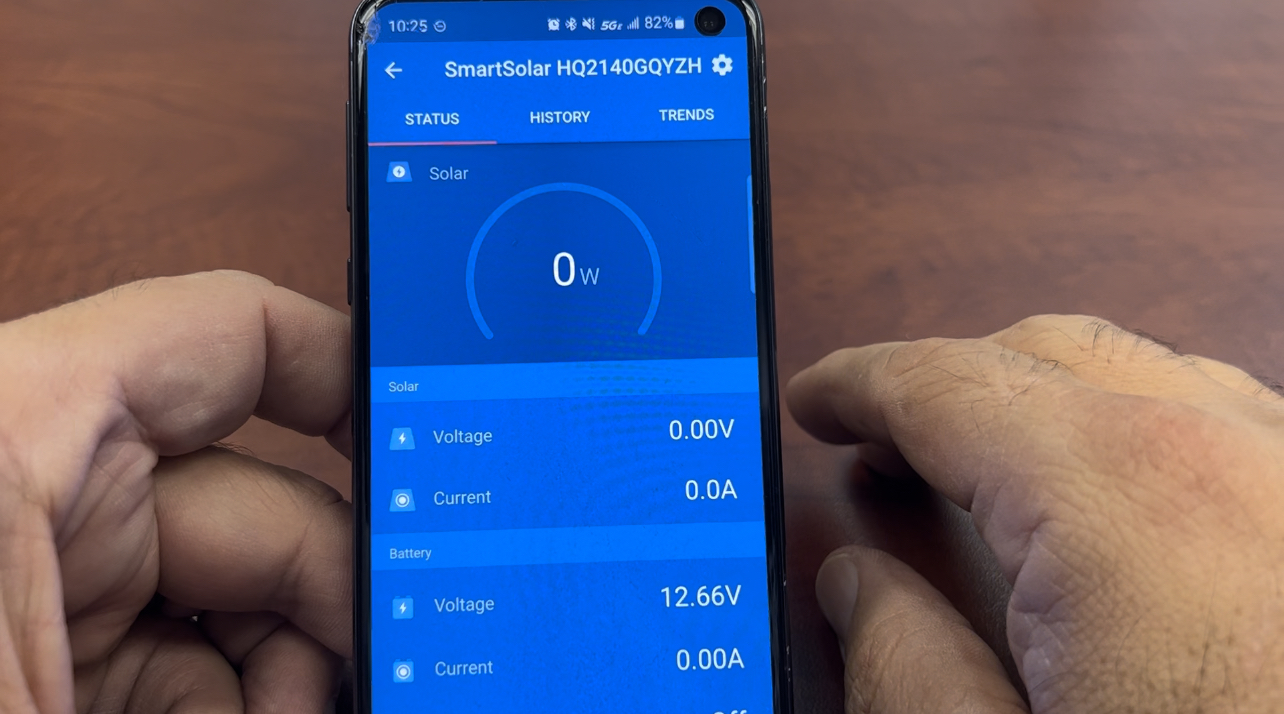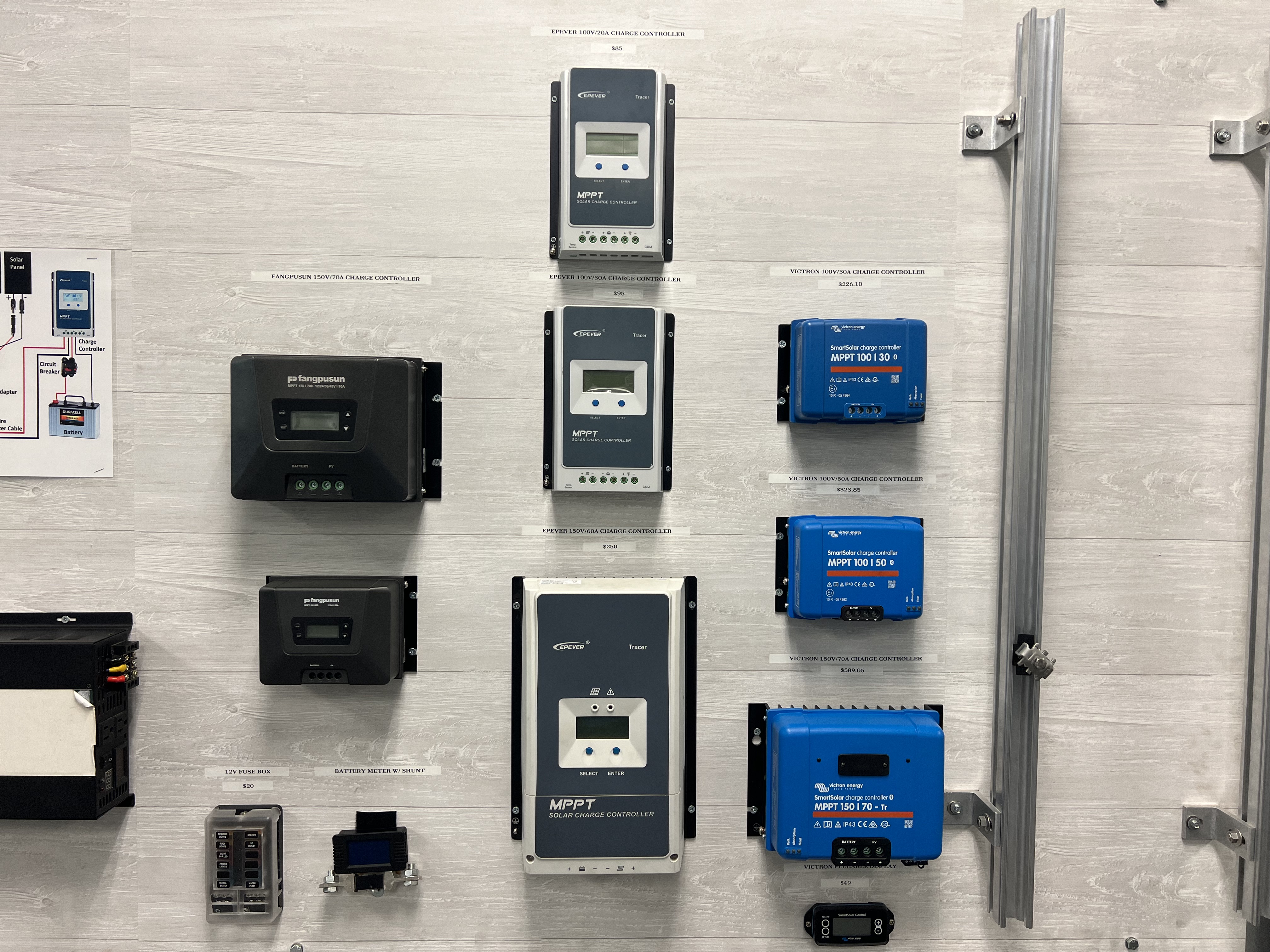Series vs. Parallel Wiring & Shading Impact
.png)
Series and parallel wiring configurations in a solar panel system each have their own set of pros and cons.
Series Wiring:
-
 Pros:
Pros:- Higher Voltage: Panels in series increase the system voltage, which can be beneficial for reducing voltage drop over longer wire runs.
- Simplified Wiring: Fewer cables are required since the positive terminal of one panel connects to the negative terminal of the next, simplifying the installation.
- Uniform Current: Panels in series have the same current running through them.
- Increased Output in the early morning and late afternoons
-
Cons:
- Shading Issues: Shading on one panel can significantly reduce the output of the entire string.
- Mismatched Panels: If panels in a series are mismatched (e.g., due to dirt, dust, or manufacturing variations), the entire string's performance can be limited by the weakest panel.
- Complex Repairs: Identifying and addressing issues in a series-connected string can be more challenging.
Parallel Wiring:
-
Pros:

- Resilience to Shading: Shading on one panel affects only that panel, allowing the rest of the panels to perform at their maximum capacity.
- Optimal Output: Mismatched panels have less impact on the overall system since each panel operates independently.
- Simplified Maintenance: Troubleshooting and repairs are more straightforward because issues with one panel do not affect others.
-
Cons:
- Lower Voltage: Panels in parallel maintain the same voltage, which may require thicker and more costly cabling to handle higher currents.
- More Complex Wiring: Parallel configurations can involve more cables, potentially making the installation more complex.
- Inverter Compatibility: Some inverters may not work well with parallel configurations and require additional hardware like power optimizers.
- Less Power Output in early morning and late afternoon.
The choice between series and parallel wiring depends on the specific needs and constraints of the solar installation. For example, series wiring may be preferred for long cable runs, while parallel wiring is often chosen for systems where shading is a concern. A combination of both series and parallel configurations can also offer benefits by balancing the advantages of each method. To mitigate the effects of shading, technologies like microinverters or power optimizers are often used in solar installations. These devices can optimize the performance of individual panels, making it easier to address shading issues and improve the overall efficiency of the system.
Shading Impact:
Shading can have a significant impact on the performance of solar panels.
When solar panels are shaded, the affected cells produce less electricity, which can reduce the overall energy output of the system. Shading can occur due to obstructions like trees, buildings, or even dirt on the panels themselves.
Series and parallel wiring configurations in a solar panel system can also influence how shading affects the system:
- Series Wiring: When solar panels are connected in series, the current is the same across all panels, but the voltage adds up. In this configuration, if one panels is shaded, it can significantly reduce the output of the entire string of panels. This is because the current passing through the unshaded panels is limited by the shaded one.
- Parallel Wiring: When solar panels are connected in parallel, the voltage remains the same across all panels, but the current adds up. In this setup, if one panel is shaded, it primarily affects the output of that specific panels, but the other panels continue to operate at their maximum capacity. This can be more resilient to shading issues.
Shop our selection of affordable solar panels here!
Check out our most recent YouTube video below!


